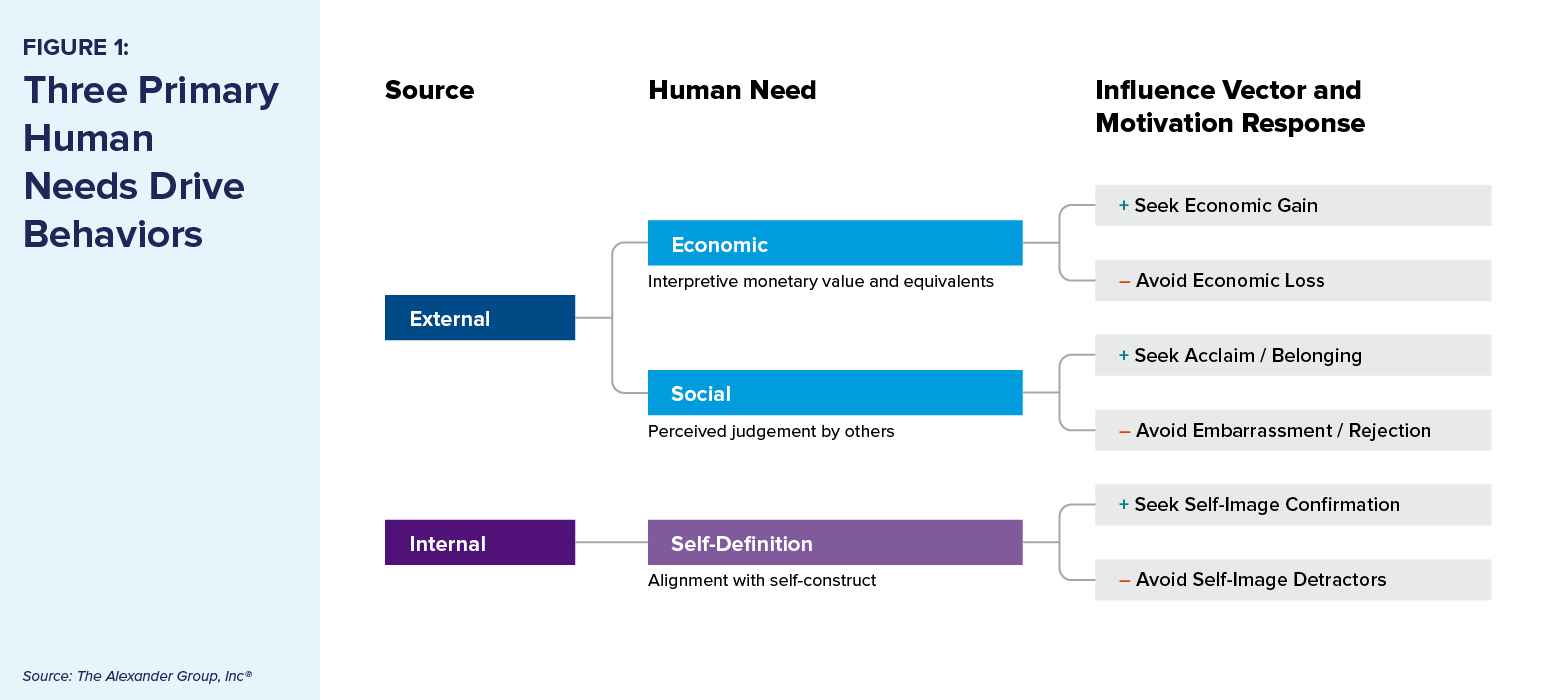For WorldatWork Members
- Sales Performance Management, research
- Sales Compensation Plan: Organizational Inventory, tool
- Sales Performance Management Technology Selection Guide, tool
- Is Your Sales Compensation Plan Really ‘Self-Funding’? Workspan Magazine article
For Everyone
- Getting Sales Compensation Right: The Global-Local Dilemma, Workspan Daily article
- The Power of Pay-for-Performance Sales Compensation Plans, Workspan Daily article
- The Role of Profitability Metrics in Sales Compensation Plans, Workspan Daily article
- Sales Comp ’25, conference
Do sales compensation plans really work? Spoiler alert: They do — or, stated more accurately, they can.
Not just any sales compensation plan works. Well-designed plans that align with your organization’s sales strategy and pay philosophy as well as best-in-class market practices do work. It is important to remember that using a compensation plan for your sales function is a choice, not an obligation. Philosophy definitely informs that choice, and plan design depends on your function’s growth phase, strategy and jobs.
Let’s delve into this a bit deeper.
What Influences Behaviors, Outcomes?
Numerous psychology studies show humans are motivated to select one behavior over another based on what they expect the outcome of that behavior to be. This is known as Expectancy Theory (a term coined in 1964 by Canadian psychologist and business school professor Victor Vroom). If you believe that theory to be true, then you likely believe that a well-designed sales compensation plan works. Better still, you likely believe that a well-designed sales compensation plan — one that drives the “right behaviors” aligned to your function’s “growth play” — is a catalyst to drive sales growth while keeping your affiliated personnel motivated and happy.
So, what are those desired outcomes that humans are looking to achieve? More money is a driving factor, obviously. But it’s not only that. While monetary and other economic rewards do influence human behavior, humans (hence, sellers) are, in general, equally motivated by social and self-definition outcomes. On the social side, humans are likely motivated by how others perceive them. They want to avoid judgment, embarrassment and rejection, and seek belonging and acclamation. On the self-definition side, they pursue actions that align with their self-image. Humans are not static; they change their needs all the time and rank these needs differently at different points in their lives. The figure below articulates these three human needs.

Why Does It Matter?
How do these human needs and biases affect sales compensation design? What follows are some tactical aspects of plan design that might be affected by sellers’ biases.
- Carrot versus stick: In sales compensation design, leaders can implement many mechanisms as either a positive “carrot” or a negative “stick.” For example, a hurdle/gate mechanism based on achieving a strategic product goal can be implemented as a carrot or stick. A carrot approach provides a richer acceleration rate if the seller achieves their goal. A stick approach provides no or lower acceleration rate if the seller does not achieve their goal. While both options drive strategic product focus, the negative valence (loss of something) will typically have a higher impact on seller behavior than a positive one (gaining something).
- Rate uplift versus credit uplift: Rate uplifts and credit uplifts are two mechanisms organizations regularly use to drive strategic focus. A rate uplift adjusts a seller’s commission rate upward by a specific amount (e.g., 1.5 times the commission rate), while a credit uplift adjusts a seller’s quota credit upward by a specific amount (e.g., 1.5 times the deal value). Both uplifts result in the same payout, though sellers are likely more motivated by a credit uplift than a rate uplift because it can increase their payout (monetary outcome), and it may help them achieve their sales quota faster. Achieving and overachieving quota taps into a seller’s competitive nature, which can improve both their social bragging rights and self-definition needs.
- Club programs: Sales functions typically use these to provide substantial recognition for top achievers (typically, the top 5% to 10% of the sales force), motivate extraordinary performance, attract and retain top talent, and reinforce the organization as a great place to work. Some example awards include fancy trips, planned activities, recognition ceremonies and even a letter of appreciation from the CEO. These programs truly reinforce social perception, the pursuit of belonging and acclamation.
Putting It All Together
Organizations aiming to build an effective sales compensation plan should consider how their decisions impact seller behaviors. It is crucial to design plans that incent the right actions and align with strategic objectives. Leaders and plan designers should be mindful of human needs and biases to ensure reward mechanisms foster positive motivation. Additionally, they should be vigilant against gaming practices, where sellers might manipulate the system to maximize personal gain at the expense of corporate goals. A well-thought-out compensation plan can drive growth, enhance motivation, and support organizational and functional strategies.
Editor’s Note: Additional Content
For more information and resources related to this article, see the pages below, which offer quick access to all WorldatWork content on these topics:







